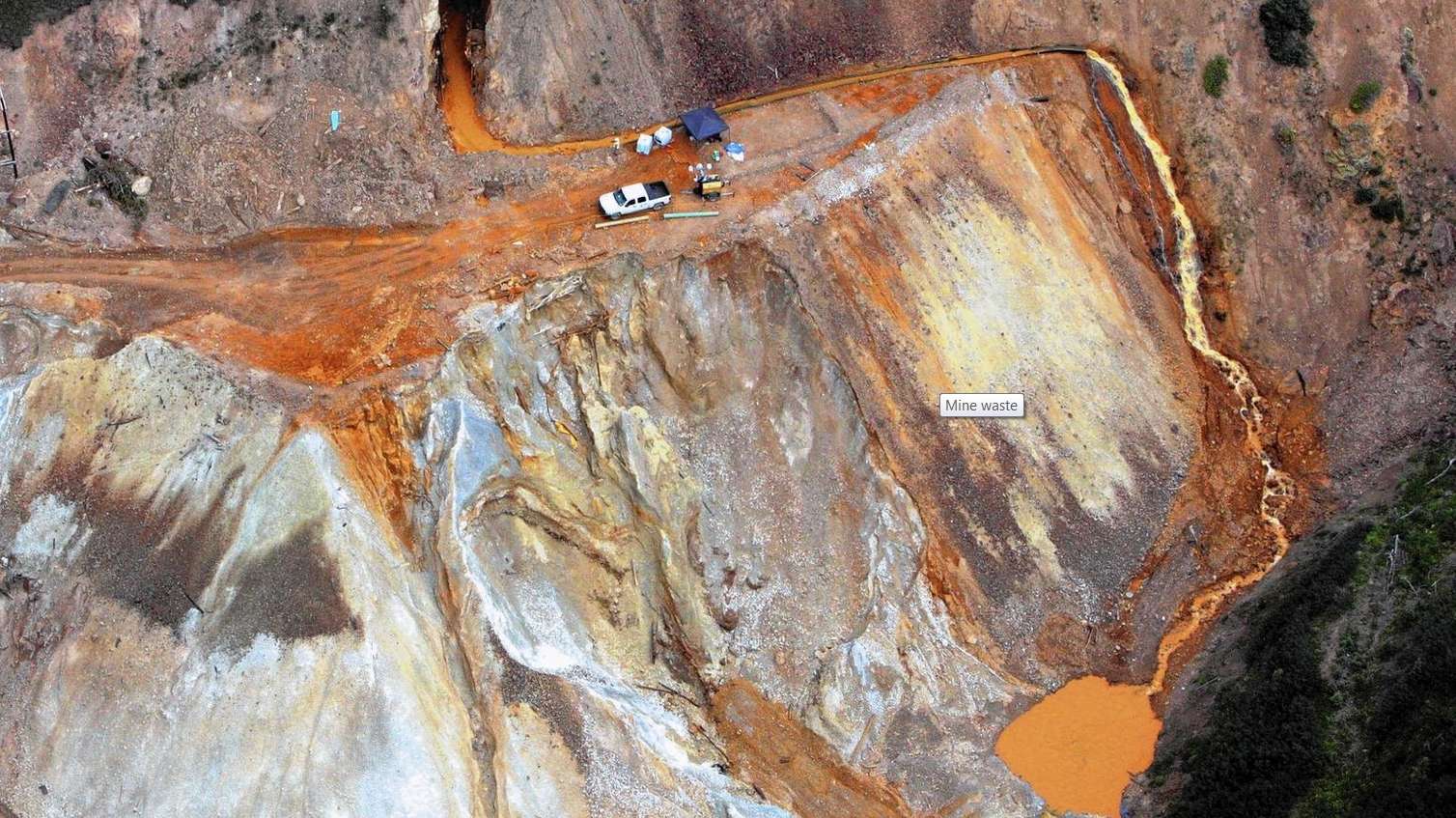Post by Hill on Aug 20, 2015 16:27:28 GMT
The recent toxic spill along the Animas river and related drainage is a reminder of the legacy of mining, and for that matter all extractive industries.

Geoff Liesik / Deseret News
Toxic waste streams out of the Gold King Mine near Silverton, Colo.
There is a lot of finger pointing about who's fault it is, and there is no specific answer. If it had been OK for centuries for mine to dump waste into rivers and to can they be blamed specifically. The government at the time had neither the knowledge, information, or power to do anything about it. It wanted the country to have access to the natural resources hidden in the ground.
A growing consciousness of damage done in the name of acquisition of metals, petroleum, coal, uranium, etc. led to the formation of the Environmental Protection Agency (EPA) and later designated targeting of areas called the Superfund Sites - the very worst of the bad sites. For a more thorough description, read THIS article. A few points from the article:
“Abandoned mines sites are sitting out there in the tens of thousands, just in the West,” noted Professor Ronald Cohen of the Colorado School of Mines, “and a significant component of them are releasing this acid mine drainage to receiving waters.” And while these mines rarely produce damage as extensive or visible as the current predicament in the Animas, some estimates suggest that over 40 percent of Western watersheds are polluted, to one degree or another, by mining waste. Deseret News

Geoff Liesik / Deseret News
Toxic waste streams out of the Gold King Mine near Silverton, Colo.
There is a lot of finger pointing about who's fault it is, and there is no specific answer. If it had been OK for centuries for mine to dump waste into rivers and to can they be blamed specifically. The government at the time had neither the knowledge, information, or power to do anything about it. It wanted the country to have access to the natural resources hidden in the ground.
A growing consciousness of damage done in the name of acquisition of metals, petroleum, coal, uranium, etc. led to the formation of the Environmental Protection Agency (EPA) and later designated targeting of areas called the Superfund Sites - the very worst of the bad sites. For a more thorough description, read THIS article. A few points from the article:
- Gold King closed in the 1920s, but another mine, the Sunnyside, was believed to have access to the same vein. To reach it, Standard Metal in 1959 drilled a massive pipe into the mountain, aiming to tap the vein of gold from underneath.
- The so-called American Tunnel collected water from Sunnyside mine, and possibly from other mines, and dumped the toxic tailings into Cement Creek.
- Then in 1972, the U.S. revised the Clean Water Act and the mine's wastewater became an expensive problem for Standard Metal. The company needed discharge permits and a treatment plant for the polluted water. Standard Metal sold the mine and its pricey water treatment problem to a group that named itself Sunnyside Gold Corp., a subsidiary of Canadian mining giant Kinross Gold. The state of Colorado insisted that Sunnyside Gold contain or treat the seepages coming out of the mine.
- The company closed the Sunnyside mine in 1991, but the mine tailings remained. Company officials' solution was to seal the hole with a concrete plug the size of a railway car. A similar plug was used at Gold King. For decades, that was that. Polluted water continued to pool and seep out of the mine, but not from the American Tunnel. Facing yet more fines, the company struck a deal with the state in the form of a consent decree: The mine would continue to drip toxic metals into the water, but Sunnyside Gold would do multimillion-dollar reclamation projects downstream.
- At the time, this was considered a success story in dealing with the EPA, which investigated the area as a potential Superfund site. But Silverton is a tourist town now. So locals and the mining companies joined forces as the Animas River Stakeholders Group, seeking to avoid a Superfund stigma.
- The Superfund program uses taxpayer money to clean up environmental messes but is a shell of its former self. The fund used to be supported by penalties assessed on chemical and petroleum companies, but Congress let that funding source lapse in 1995. The Superfund program announced it was out of financial reserves in 2003.
“Abandoned mines sites are sitting out there in the tens of thousands, just in the West,” noted Professor Ronald Cohen of the Colorado School of Mines, “and a significant component of them are releasing this acid mine drainage to receiving waters.” And while these mines rarely produce damage as extensive or visible as the current predicament in the Animas, some estimates suggest that over 40 percent of Western watersheds are polluted, to one degree or another, by mining waste. Deseret News
